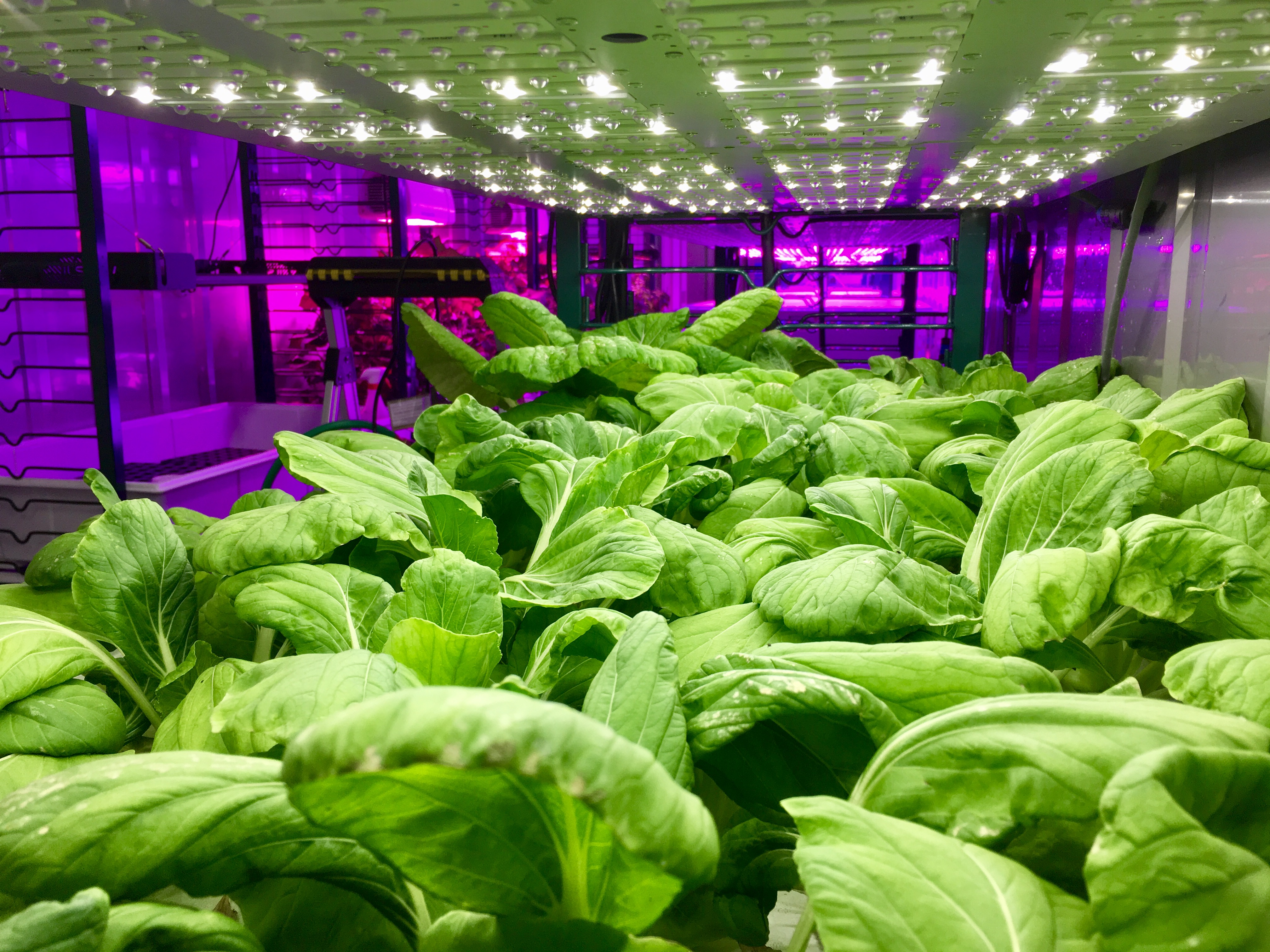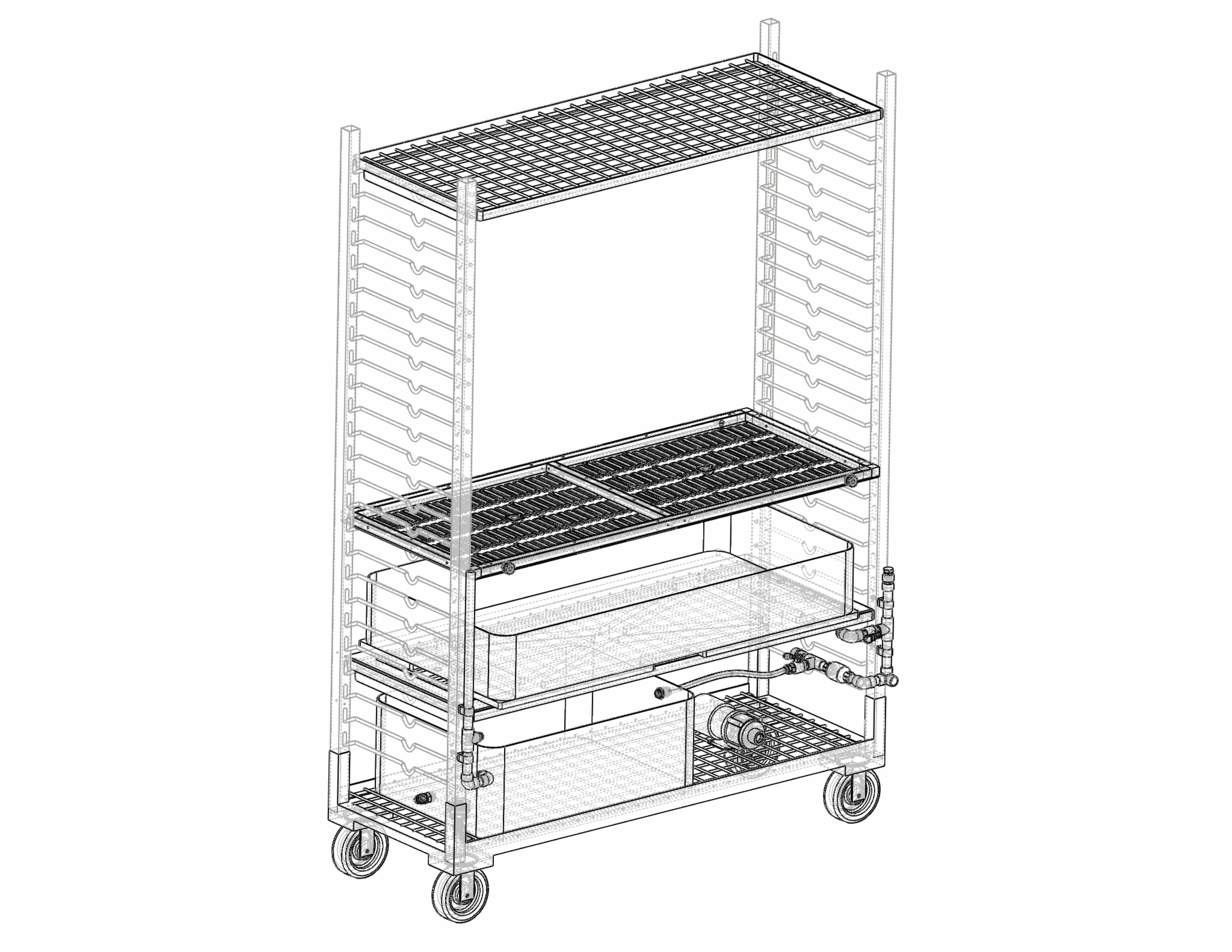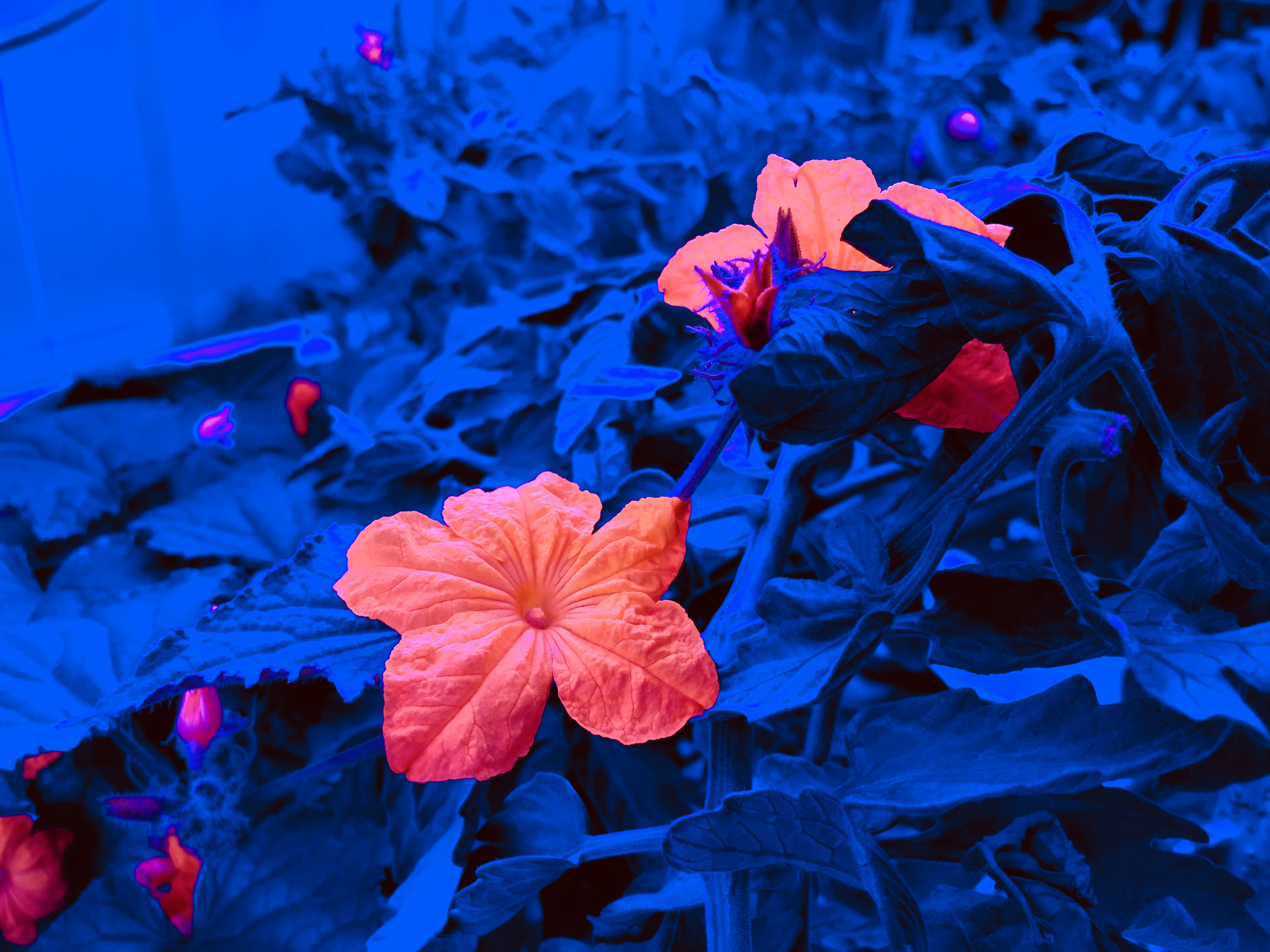Horticulture
Dating back to NYC urban agriculture sleuthing in 2007 to today's work on OpenAg Food Server™ v2.0, I've gained expertise in horticultural plant propagation for both research and production. The work ranges from hardware prototyping, plant sample and data collection, sanitization protocols, and many procedures in between.
At OpenAg our plants are our data. As co-lead on experimental design and execution, I maintain high quality plant morphology data from the OpenAg Food Server™ 2.0 platform. Pictured here is a late fall harvest and data collection of one of our flavor ecology experiments. We were testing the impact of UV light stress on volatile production and subsequent flavor.

After harvest, I dress each sample and collect morphological data on its height, weight, and stem diameter. Select samples are processed for elemental and volatile data collection with our gas chromatography and mass spectrometry instrumentation.

Growing indoors requires tools for propagation: light panels, plumbing, irrigation, hydroponic containment. At OpenAg, I'm designing and building these tools for outfitting our grow platforms with cutting-edge environmental controls.
Here I'm wrapping design and assembly for a custom hydroponic irrigation design. It's since been ported over to a new aeroponics design. Both hydro- and aeroponic models pair with our custom "WaterBot" irrigation system and my own LED light panels.

Each OpenAg Food Server™ 2.0 can be populated with up to 1,300 plants, making for a total of up to 5,200 plants to be maintained in-house. Wow, that's a lot of biological material.
And there's always a wide array of species and cultivars: cotton, herbs, woody tree species, corn, and fruiting crops. Each pedigree requires its own unique caretaking, attention, and data collection.